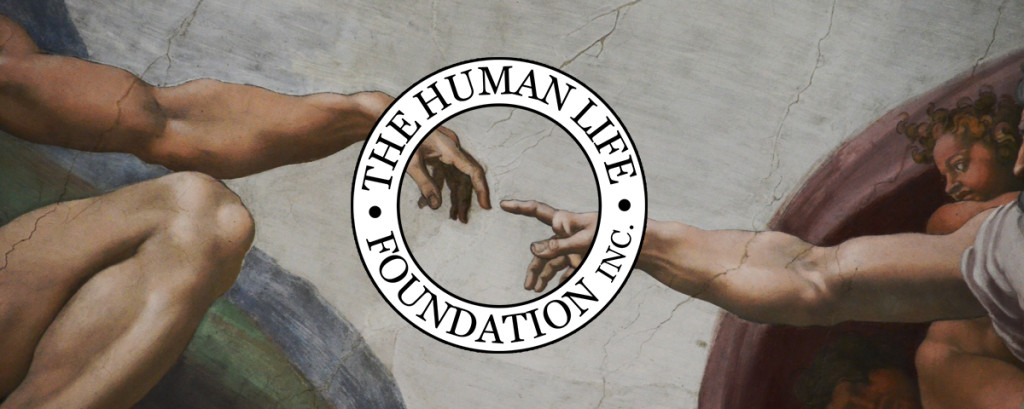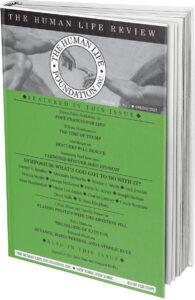The Glory of August
In the month of August there are two feasts of glory: the Transfiguration of Christ on August 6 and the Assumption of the Blessed Virgin Mary on August 15. In the Bible, “glory” signifies the radiance of God: “God is light, and in him is no darkness at all” (1 John 1:50). By contrast, “darkness” signifies the presence of evil, or sin. In the Transfiguration, the glory of God radiated from the body of Jesus in the sight of his disciples, as John wrote in the introduction to his gospel: “The Word was made flesh and dwelt among us, and we beheld his glory” (John 1:14). And the Catholic Church teaches that the mother of Jesus, “having completed the course of her earthly life, was assumed body and soul into heavenly glory.” In both cases, divine radiance dispels this world’s darkness of evil and sin.
Adults can usually recall when as children they lost their innocence and fell into sin. It may be the first time they told a lie; or defied their parents; or stole some little thing; or joined in bullying another child. Whatever it was, we all, early in life, had to find some way of dealing with a sense of guilt, of being under judgment and exposed to punishment. Happy indeed is the child who is brought up to believe in a God who forgives. Priests know that children’s confessions are among the best we hear, because of their simplicity and trust.
As children grow into adults, whether in the Christian faith or not, their attention is gradually turned to other concerns than how to clear their consciences: They try to figure out how to be successful in school or on the playing field; how to shine among their peers and in their personal relationships; how to meet the challenges of marriage and of parenthood. Every human being looks for happiness, and thinks of different ways to achieve it. But again, happy indeed is the person who has discovered that happiness consists, whatever the circumstances of one’s life, in being at peace with God, one’s neighbor, and oneself.
All Christians believe in God, in the forgiveness of sins, and in the prime importance of having a good conscience. Protestant Christians believe that only one human being was entirely free from sin—that was our Lord Jesus Christ, because he is divine, essentially different from ourselves. Catholics believe that one other person, Mary, the Lord’s mother, was entirely free from sin as well, not by nature, but by a special grace from God to prepare her to bring the world its savior. Though unlike her son, Mary was no more than human.
Think of what this means: Mary never felt the sting and weight of guilt nor the fear of punishment; never had to look for ways to deal with a bad conscience; and therefore always had deep happiness and peace, despite the many challenges and sorrows of her life. It is hard to imagine such perfect happiness and peace, to be entirely free from sin; but it is wonderful to know that it is possible. And, by the grace of God it is possible for us as well, in the darkness of this fallen world, just as it was for Mary from the first moment of her life.
Mary began and led her life at peace with God, her neighbors, and herself; it ended with her being taken up into the glory of heaven. The one follows from the other: God’s plan of salvation for the human family includes more than freedom from sin—that is the negative part of it. The positive part is what we profess in the Creed: the “resurrection of the body and life everlasting.” In her Assumption, this glorious promise has been fulfilled for Mary in advance of us, just as her freedom from sin was realized for Mary in advance of us. So our blessed Mother stands for what God has in store for each of us who has been baptized into Jesus’ death and resurrection, and has had all our sins forgiven.










Thank you… just what I needed today!! Blessings